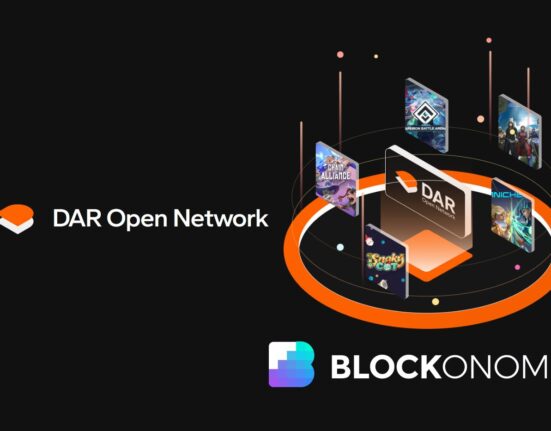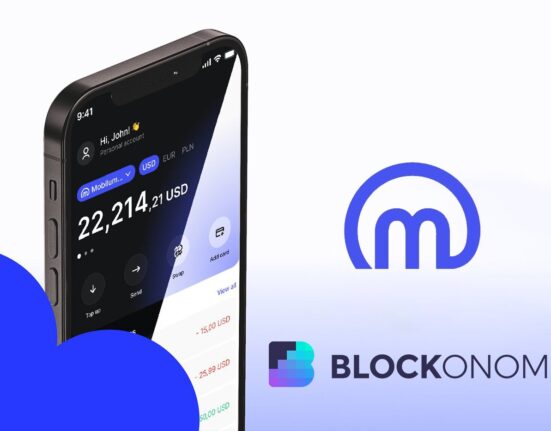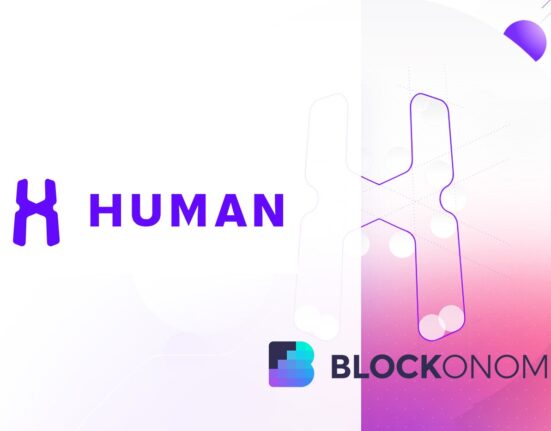In the rapidly evolving world of blockchain technology, Sui, Toncoin, and Solana are cutting-edge platforms designed to address the limitations of traditional blockchains while pushing the boundaries of scalability, speed, and efficiency.
In this article, we’ll study how these blockchains are reshaping the decentralized ecosystem, addressing key challenges like scalability, speed, and efficiency.
Understanding of Sui, TON, and Solana Blockchain
SUI Blockchain
SUI stands out with its parallel transaction processing and the Move programming language, offering a secure and developer-friendly environment for decentralized applications (dApps) and digital assets.
Key Features:
- Uses the Move programming language, which prioritizes safety and scalability.
- Focuses on scalability by processing transactions in parallel.
- Known for its user-friendly developer environment.
Core Benefits Sui Blockchain
- Handle large volumes of transactions
- Low Latency (Minimizes delays, offering near-instant transaction finality, making it ideal for real-time applications)
- Cost Efficiency (It achieves low transaction fees, which benefit both developers and users)
- Developer-Friendly
- High Security
TON Blockchain
TON, originally envisioned by Telegram, is built for a decentralized internet, boasting sharding capabilities and ultra-fast, low-cost transactions to support services like decentralized DNS and storage.
Key Features:
- Uses a sharding mechanism for scalability, enabling the network to process millions of transactions per second.
- Supports a variety of decentralized services like DNS, storage, and more.
- Strong emphasis on fast and low-cost transactions.
Core Benefits TON Blockchain
- Scalability (TON’s sharding and multi-chain architecture allow it to handle large transaction volumes)
- Transactions are processed and confirmed within seconds, ensuring a smooth user experience for real-time applications.
- Developer-Friendly (it provides developers with tools and resources to build dApps)
- Cost-Effective (the platform supports high-frequency transactions at minimal costs)
Solana Blockchain
Solana leverages its unique Proof-of-History (PoH) mechanism to achieve unparalleled transaction speeds and cost efficiency, making it a top choice for dApps, DeFi protocols, and NFT ecosystems.
Key Features:
- Utilizes a unique Proof-of-History (PoH) mechanism combined with Proof-of-Stake (PoS) to achieve high throughput.
- Capable of processing over 50,000 transactions per second.
- Popular for its thriving ecosystem of dApps, DeFi protocols, and NFT marketplaces.
Core Benefits Solana Blockchain
- Unparalleled Speed (One of the fastest blockchains in the world)
- Transactions are confirmed in a matter of seconds, enabling real-time applications.
- Cost-Effective Operations (With negligible transaction fees and is highly cost-effective)
- Dynamic Ecosystem (A go-to home for NFT marketplaces, DeFi platforms, and a growing number of dApps)
How to Select the Right Blockchain?
SUI: Choose Sui if you want high scalability and security, especially for resource-intensive applications that need minimal latency. It’s great for early-stage projects that want to be part of cutting-edge blockchain technology.
TON: Choose TON if you need a multi-layered decentralized ecosystem, secure transactions, and low-cost solutions. It’s perfect for decentralized web services or multi-faceted applications.
Solana: Choose Solana if you need fast transactions, low fees, and a thriving ecosystem for DeFi, NFTs, or gaming. Just be aware of the potential risks around centralization and network reliability.
Comparison Between SUI, TON, and Solana
| Feature | Sui | TON | Solana |
| Transaction Speed | High (Parallel Execution) | High (Sharding Architecture) | Very High (Proof of History) |
| Transaction Cost | Minimal | Minimal | Minimal |
| Finality Time | ~2-3 seconds | ~2 seconds | ~400 milliseconds |
| Use Cases | Gaming, NFTs, Web3 apps | Telegram integration, micropayments | DeFi, NFTs, blockchain gaming |
| Token Name | SUI | TON | SOL |
| Staking Rewards | Competitive | Moderate | Attractive |
| Supported Wallets | Sui Wallet, third-party wallets | TON Wallet | Phantom Wallet, Solflare |
| Major Projects | NFT marketplaces, Web3 games | Telegram-based DApps | Magic Eden, Serum, Raydium |
| Energy Efficiency | Low energy consumption | High efficiency with sharding | Efficient, but hardware intensive |
| Security Mechanisms | Built-in safeguards in Move | Layered sharding-based security | Validator-centric security |
| Market Metrics | Emerging | High TVL growth via Telegram | Market leader in TVL |
| EVM Compatibility | No | No | Partial (via Wormhole bridge) |
| Consensus Mechanism | Narwhal & Tusk | BFT PoS | Tower BFT (PoH + PoS) |
| Programming Language | Move | Fift, TON VM | Rust |
| Scalability | Parallel processing | Sharding for infinite growth | Optimized with PoH |
| Smart Contract Support | Move-based contracts | TON VM-based contracts | Rust-based contracts |
| Use Cases | Gaming, NFTs, Web3 apps | Telegram integration, micropayments | DeFi, NFTs, blockchain gaming |
| Governance Model | Decentralized via token holders | Decentralized community voting | Delegated Proof of Stake (dPoS) |
| Validator Requirements | Low barriers for entry | High computational requirements | Medium computational requirements |
| Community Size | Growing developer community | Large (via Telegram user base) | Established global network |
| Ecosystem Maturity | Developing | Growing | Well-established |
| Unique Features | Object-based architecture | Telegram integration | Proof of History innovation |
| Adoption Rate | Emerging ecosystem | Rapid adoption via Telegram | High adoption in DeFi, NFTs |
Strengths and Weaknesses of Sui, TON, and Solana Blockchains
| Blockchain | Strengths | Weaknesses |
| SUI | Object-centric model, Move language, Narwhal, and Tusk consensus | Limited adoption, scalability under stress, Move learning curve |
| TON | Sharding resilience, PoS integrity, encrypted services | Validator centralization, complex architecture, adoption hurdles |
| Solana | PoH+PoS security, large validator network, audits | Network outages, validator centralization, high hardware costs |
DeFi Insights (TVL and Ecosystem Growth)
| Metric | Sui | TON | Solana |
| DeFi TVL | ~$50M | ~$100M | $1B+ |
| NFT TVL | ~$20M | Minimal | ~$250M+ |
| Unique DApps | ~50 | ~100+ | ~500+ |
| Unique DApps | 50 | ~100+ | ~500+ |
| Top Projects | Gaming studios | Telegram Payments | Magic Eden |
Conclusion
Choosing the right blockchain for your project depends on your specific needs. Sui is perfect if you need high scalability and fast transactions, especially for real-time applications like gaming or NFTs. TON is a great choice for decentralized web services with its low-cost, fast transactions and strong security features.
If you’re focused on speed and efficiency for DeFi or NFTs, Solana offers one of the fastest platforms available.
Never Miss a Beat in the Crypto World!
Stay ahead with breaking news, expert analysis, and real-time updates on the latest trends in Bitcoin, altcoins, DeFi, NFTs, and more.
FAQs
All three blockchains have minimal fees, but Sui and TON are especially cost-efficient for micropayments.
TON and Sui rarely experience downtime, while Solana has faced occasional outages.
Solana offers attractive staking yields, while Sui and TON provide competitive rewards.
Sui’s Move programming language is beginner-friendly, while Solana’s Rust is more advanced.
Sui provides robust SDKs and composable assets, TON integrates with Telegram, and Solana offers comprehensive IDEs.
Solana leads with ~400 milliseconds, followed by TON and Sui.
Sui and Solana excel in gaming and NFTs due to their high scalability and robust ecosystems.
Its seamless integration with Telegram and focus on small transactions.
Solana is the market leader in DeFi, with a mature ecosystem and high liquidity.
We’d Love to Hear Your Thoughts on This Article!
Was this writing helpful?
Disclaimer and Risk Warning
The information provided in this content by Coinpedia Academy is for general knowledge and educational purpose only. It is not financial, professional or legal advice, and does not endorse any specific product or service. The organization is not responsible for any losses you may experience. And, Creators own the copyright for images and videos used. If you find any of the contents published inappropriate, please feel free to inform us.





